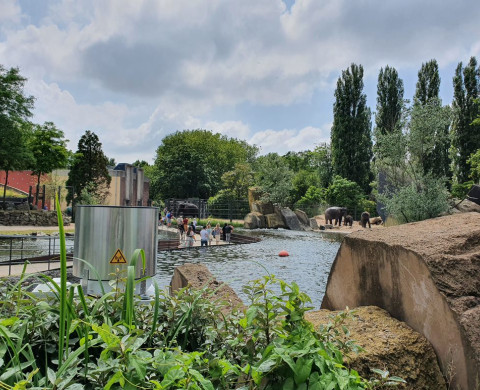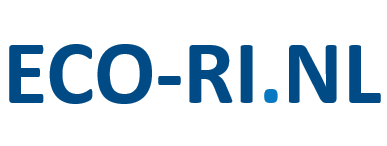Bird Radar

Details
- Infrastructure type
- Field sites / Long-term monitoring
- Fieldwork infrastucture
- Institute
The facility
The BirdScan radar is a radar developed by Swiss Birdradar for tracking aerial movements of birds and insects. The radar runs continuously and has a rotating vertical pointing recording method, which means that it can detect the altitude, direction and speed of birds and insects 24/7. The BirdScan radar also has an automatic classification system; by the wing beat pattern and relative size of the organism the radar can distinguish between birds, insects and bats. Among birds general groups can be distinguished (passerine type, swift type, wader type, large bird and flocks).
By collecting this information, the BirdScan radar can measure biodiversity. By keeping track of how many and what groups of birds migrate both in spring and in autumn, it is possible to measure the increase and decrease in biomass. By researching these seasonal patterns, it can furthermore be investigated whether environmental and anthropogenic conditions influence migration. There is still a lot that can be learned about migration, like: migration timing and intensity, altitudinal distributions and differences between species groups.
The radar is installed in ARTIS Royal Zoo in Amsterdam, which is one of the demonstration sites of the ARISE project.
Research topics
Birds, radar, migration, tracking
Running period
March 2021-undertermined
Equipment
Data management
The primary data is stored in a central database at UvA. The data is managed by Johannes de Groeve (data steward) in consultation with Judy Shamoun-Baranes. Additional datasets are available via research cloud and require assistance from our data manager. For more information see:
https://gitlab.com/uva_ibed_ame/ame-infrastructures-manuals/-/wikis/home
Available datasets
Data can be requested for collaboration by contacting Judy Shamoun-Baranes or Johannes de Groeve.
Conditions for access
Please contact Judy Shamoun-Baranes for more information. Data can be shared on request and after discussion. A project partner from UvA (e.g. Judy Shamoun-Baranes and/or Johannes de Groeve) should be included in resulting publications. In addition, ARISE and ARTIS must also be acknowledged in all use of data and some restrictions may apply.
Details
- Infrastructure type
- Field sites / Long-term monitoring
- Fieldwork infrastucture
- Institute

